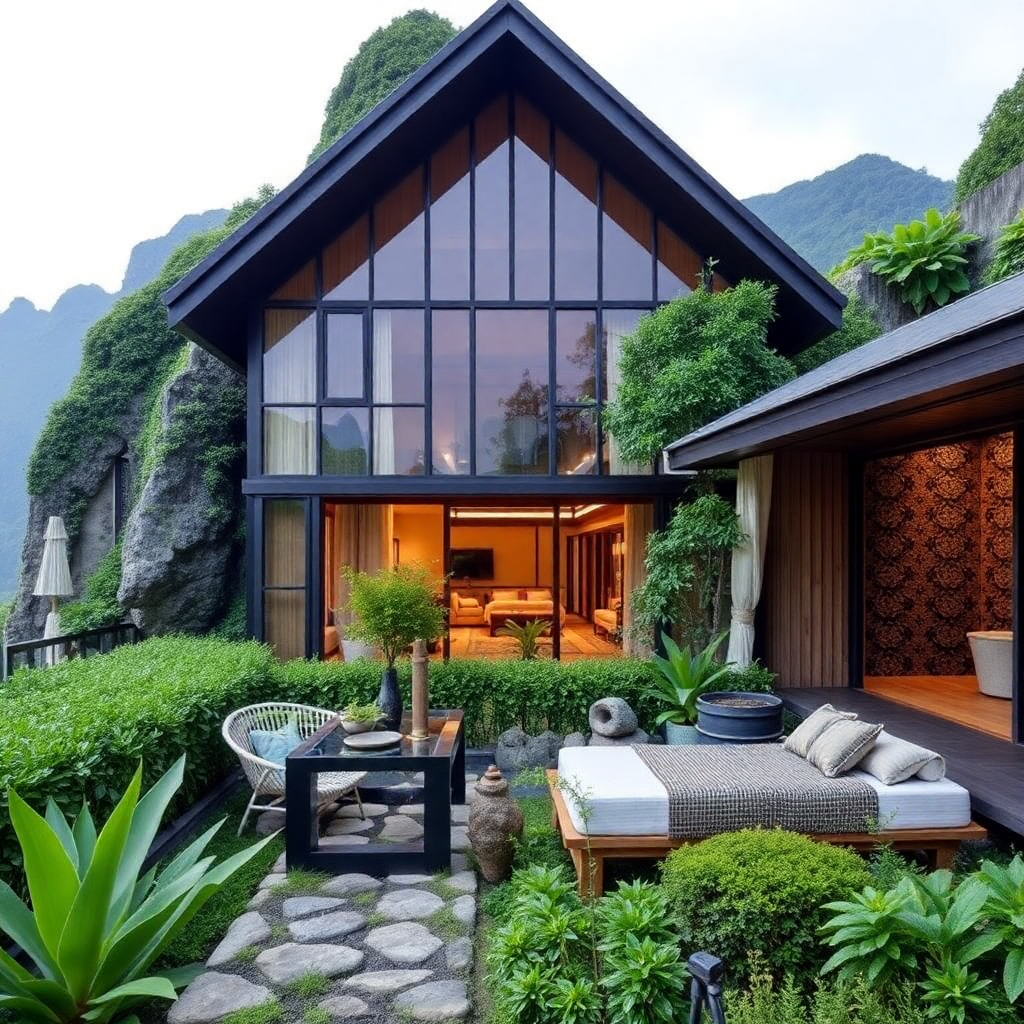7 Simple Strategies to Raise Hotel Occupancy in Australia

Introduction
In Australia’s competitive hospitality industry, knowing how to increase hotel occupancy rate can be the deciding factor between a thriving or struggling property. As a hotel revenue specialist, I’ve helped countless Australian properties optimise their hotel revenue streams through strategic planning and smarter guest engagement.
Occupancy isn’t just about putting heads in beds—it’s about maximising profitability through effective pricing, marketing, and customer experience. The following strategies will guide Aussie hoteliers on how to raise occupancy rates by up to 50%, backed by data, proven examples, and local insights.
Quick Takeaways
-
Use dynamic pricing to match demand and seasonality.
-
Make data analytics central to your revenue decisions.
-
Boost your SEO and local online presence.
-
Partner with local Aussie businesses to add value.
-
Use social media to reach and engage your ideal guests.
-
Train your staff to deliver memorable experiences.
-
Launch loyalty programs to keep guests returning.
Why Occupancy Rates Matter
The Role of Occupancy in Hotel Revenue
Occupancy rate is a key performance metric in hospitality. It indicates how well your rooms are being sold and has a direct impact on your hotel revenue streams. In Australia, average hotel occupancy rates vary between 65% and 75% depending on the state and season (Tourism Research Australia).
Higher occupancy doesn’t just mean more bookings—it means more revenue opportunities in food & beverage, spa services, and upsells. Using a Revenue Management System (RMS) helps Australian hoteliers track and respond to changes in demand efficiently.
Seasonal Trends in Australia
From summer beach getaways in Queensland to winter escapes in Tasmania, Australia’s seasonal variations affect occupancy. Understanding your property’s high and low seasons is crucial to apply promotions during off-peak months and capitalise on demand during peak periods.
Standing Out in a Competitive Market
With international travel returning and domestic tourism booming, Aussie hotels are up against more competition than ever. It’s essential to differentiate your offering with standout service, personalised packages, or local partnerships.
Strategy 1: Use Dynamic Pricing
What It Is
Dynamic pricing allows room rates to fluctuate based on market demand, seasonality, and local events. Instead of fixed pricing, you adjust rates in real-time to maximise occupancy and revenue.
Australian Example: Sydney Hotels During Vivid Festival
During Vivid Sydney, demand spikes. Hotels that implemented dynamic pricing were able to increase nightly rates by 20-30% while still achieving full occupancy.
How to Get Started
-
Invest in a reliable RMS or channel manager.
-
Monitor competitor pricing.
-
Adjust rates by booking source (e.g., OTA vs. direct bookings).
Strategy 2: Leverage Data Analytics
Why It Matters
Data analytics helps you make informed, not intuitive, decisions. Understand who your guests are, what they want, and when they book.
Tools to Use
-
Google Analytics for web traffic
-
PMS data for booking patterns
-
Guest surveys for insights into preferences
How It Helps
A Melbourne CBD hotel found that 40% of guests were business travellers. With that data, they created weekday corporate packages and increased midweek occupancy by 18%.
Strategy 3: Improve SEO for More Bookings
Why SEO Works
Travellers start online. If your hotel doesn't show up on Google when someone searches “boutique hotel in Byron Bay,” you’re missing bookings.
Tips for Aussie Hotels
-
Optimise your website for local keywords (e.g., "eco hotel Cairns")
-
Use schema markup to appear in rich results
-
Start a blog about local attractions, Aussie travel tips, and experiences
Local SEO Musts
-
Register and optimise your Google Business Profile
-
Get reviews on TripAdvisor and Google
-
Encourage satisfied guests to post images and reviews
Strategy 4: Partner with Local Businesses
Why It Works
Collaborations with Aussie attractions, cafes, or tour operators enhance your offering and increase bookings.
Examples of Packages
-
Gold Coast Hotel + Surf Lessons
-
Barossa Valley Stay + Wine Tasting
-
Canberra Hotel + Museum Tickets
Marketing These Packages
Promote your packages on:
-
Hotel website
-
Social media
-
Local tourism platforms
Strategy 5: Social Media Engagement
The Aussie Audience Is Online
Australians spend an average of 1 hour 48 minutes daily on social media (We Are Social, 2024). This is your chance to connect, inspire, and convert.
What to Post
-
Stunning images of your property and surroundings
-
Guest testimonials and stories
-
Local events and promotions
Paid Social Ads
Run targeted Facebook and Instagram campaigns with geo-targeting and interest filters to reach specific demographics (e.g., family holiday-goers, event attendees).
Strategy 6: Train Staff for Exceptional Service
First Impressions Count
Your front desk and housekeeping team are often the first and last interactions guests have. Exceptional service leads to repeat bookings and glowing reviews.
Training Tips
-
Host monthly training sessions
-
Encourage upselling (late check-outs, room upgrades)
-
Empower staff to make goodwill gestures (e.g., comped drinks)
The Result
A Brisbane boutique hotel reported a 25% rise in return bookings after implementing customer service training and guest personalisation initiatives.
Strategy 7: Launch a Loyalty Program
Why Loyalty Pays Off
Returning guests cost less to acquire and tend to spend more. A solid loyalty program can keep occupancy steady during off-peak times.
Program Ideas
-
Point-based stays
-
Discounts for direct bookings
-
Member-only perks (late checkout, room upgrades)
Promoting It
-
Mention in confirmation emails
-
Promote on social media and website
-
Train staff to upsell memberships during check-in
Unlocking Hotel Revenue Streams
Remember, raising occupancy isn’t just about more bookings—it’s about optimising all your hotel revenue streams. These include:
-
Room revenue
-
F&B sales
-
Spa and wellness
-
Events and functions
-
Partner experiences
By implementing the strategies above, you’ll not only fill rooms but also maximise every opportunity to generate income from each guest.
Conclusion
Raising your hotel’s occupancy rate in Australia requires a blend of smart pricing, data-driven decisions, and authentic local engagement. From dynamic pricing to staff training, each of these strategies plays a role in filling more rooms and boosting hotel revenue streams.
If you’re ready to take your occupancy rates and revenue even further, consider partnering with Emersion Wellness. Our innovative wellness-driven approach, including weight loss programs, enhances your guest offering and drives bookings through spa, F&B, and premium accommodation.
FAQs
1. What’s a good occupancy rate in Australia?
66–75% is the national average, but successful hotels hit 80%+ in peak times.
2. How can I attract guests in low season?
Offer local deals, off-peak discounts, and partner packages to boost appeal.
3. Why is dynamic pricing so effective?
It helps you match price to demand, filling rooms while maximising revenue.
4. What’s one easy SEO win for my hotel?
Optimise your Google Business Profile and encourage guest reviews.
5. How do loyalty programs help occupancy?
They encourage repeat stays and reduce the cost of guest acquisition.
- Marketing & Social Media
- AI & Digital Tools
- Science & Innovation
- Business & Finance
- Education & Learning
- Technology & Gadgets
- Family & Relationships
- Parenting & Kids
- Fashion & Beauty
- Travel & Culture
- News & Politics
- Home
- Literature
- Music
- Networking
- Altre informazioni
- Party
- Religion
- Shopping
- Sports
- Theater
- Wellness
- Art
- Causes
- Crafts
- Dance
- Drinks
- Film
- Fitness
- Food
- Gardening
- Health
- Giochi



